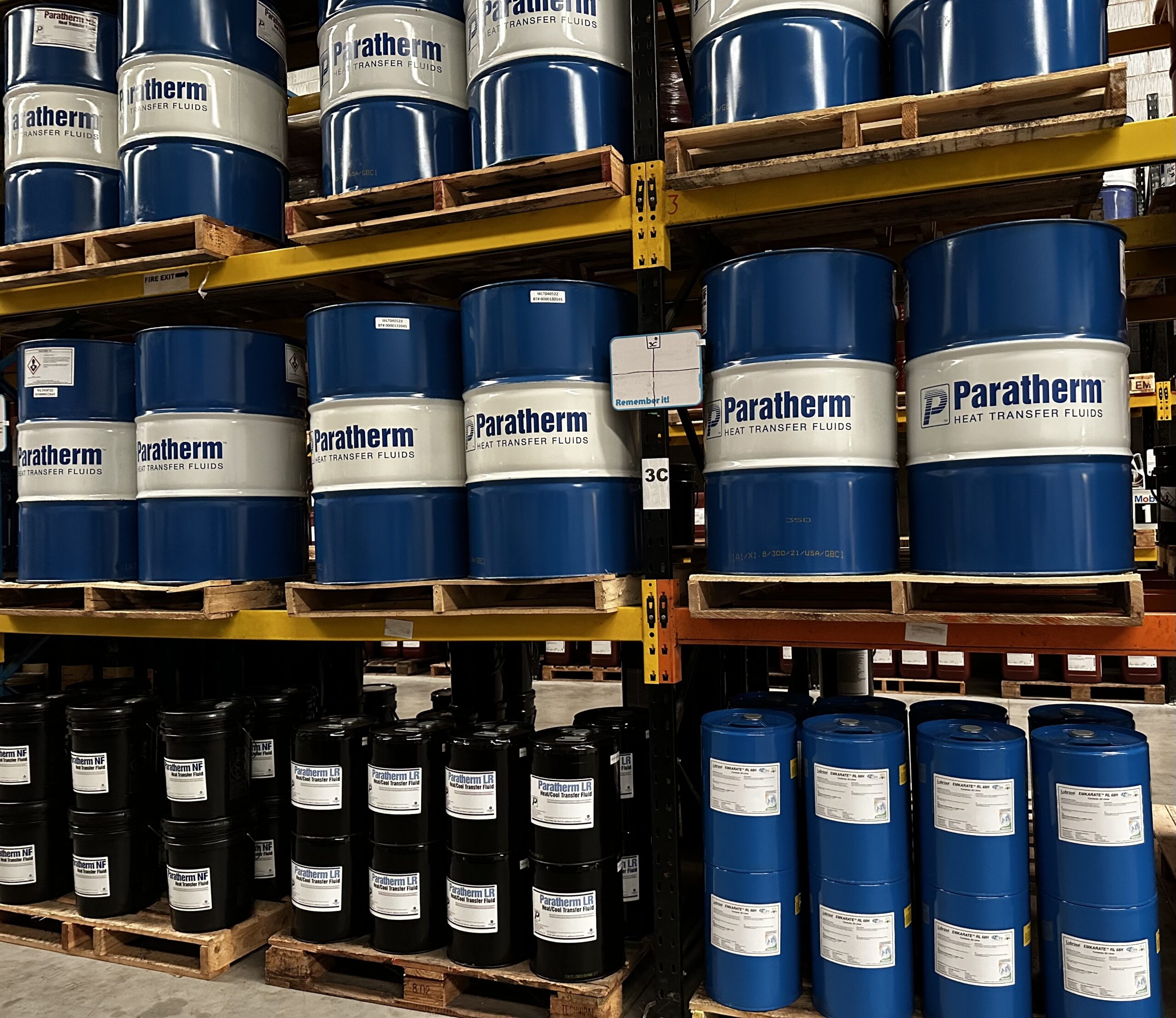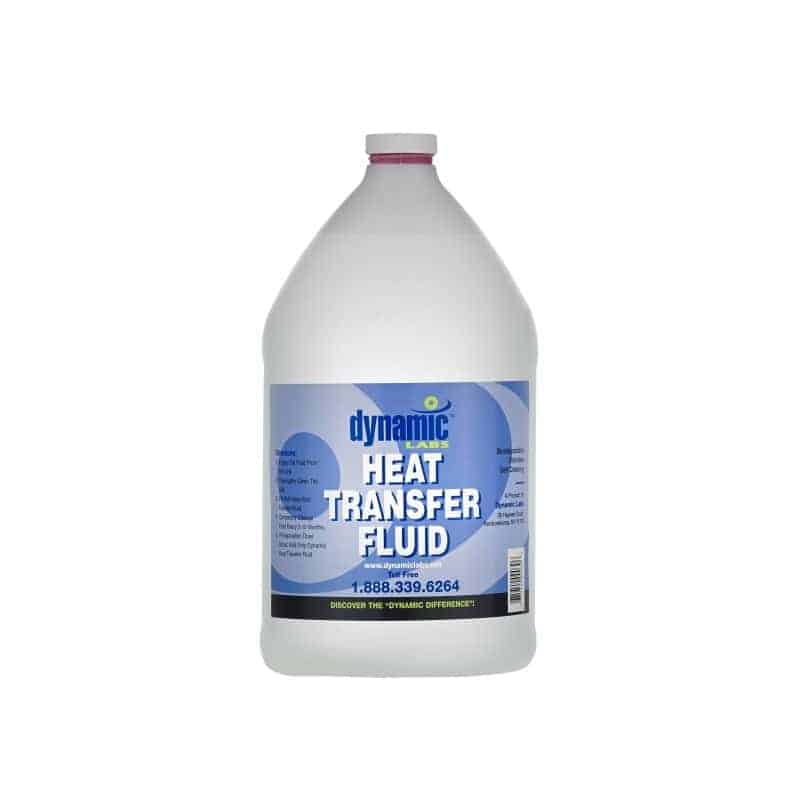Key Benefits of Using a High-Performance Heat Transfer Fluid
Key Benefits of Using a High-Performance Heat Transfer Fluid
Blog Article
The Duty of Heat Transfer Liquid in Enhancing System Performance and Safety
In the ever-evolving landscape of industrial processes, warm transfer liquids (HTFs) arise as essential components in optimizing both system performance and security. These specialized fluids, understood for their remarkable thermal conductivity and regulated viscosity, allow effective heat exchange, which is important for streamlined operations. Nevertheless, the impact of HTFs prolongs beyond plain efficiency; their integral thermal stability and low flammability considerably add to run the risk of mitigation. As markets face the requirement for high-performance and risk-free procedures, recognizing the nuanced role of HTFs ends up being critical. What exactly makes HTFs so important in today's industrial frameworks?
Recognizing Heat Transfer Liquids
Warmth transfer fluids, frequently considered the lifeblood of thermal management systems, play a critical duty in managing temperature throughout numerous commercial applications - heat transfer fluid. Industries such as chemical processing, power generation, and production rely on heat transfer fluids to make sure tools operates effectively and safely.
The option of an ideal warm transfer liquid is critical to the success of a thermal administration system. In summary, a detailed understanding of warmth transfer liquids is important for optimizing system performance, making certain operational safety and security, and accomplishing affordable thermal management services.
Trick Residence of HTFs

The specific warmth capability of an HTF delineates the quantity of warmth power called for to change its temperature level, impacting how successfully the system can respond to temperature variations. The boiling and freezing points of HTFs likewise play an essential role, particularly in systems revealed to severe temperature levels, guaranteeing fluid security and stopping phase modifications during operation.
Enhancing System Efficiency
To boost system efficiency with warm transfer fluids (HTFs), it is necessary to integrate a detailed strategy that considers both fluid properties and system style. The selection of a proper HTF is crucial, as its thermal conductivity, viscosity, and specific heat capability directly influence the efficiency of warm exchange.
Just as essential is the design of the heat transfer system itself. Engineers need to guarantee that elements such as heat exchangers, pumps, and piping are created to complement the residential or commercial properties of the selected HTF. The surface area and product of warmth exchangers need to be maximized to make best use of warm transfer performance. heat transfer fluid. The combination of sophisticated innovations, such as variable rate pumps and clever surveillance systems, can dramatically improve the responsiveness and flexibility of the system to transforming functional conditions.
Boosting Operational Safety
Making certain operational safety in warm transfer systems calls for a precise concentrate on both the residential properties of heat transfer liquids (HTFs) and the design and maintenance of the entire system. HTFs must possess thermal stability, low flammability, and suitable thickness to decrease risks such as leaks, fires, and system malfunctions. Selecting the right HTF is critical as it figures out the system's capability to manage temperature level changes without jeopardizing safety.
The style of the system must include redundancies and fail-safes to handle potential threats effectively. This includes the integration of safety and security shutoffs, pressure relief tools, and temperature level monitoring systems to find and deal with anomalies quickly. Regular upkeep is critical to make sure that all parts, consisting of pumps, pipes, and seals, are operating properly and are free from wear or deterioration, which could bring about hazardous leaks or failings.
Furthermore, employees accountable for the procedure and maintenance of heat transfer Continue systems have to be effectively trained in security protocols and emergency situation response procedures. Consistent training programs and security drills can significantly minimize the likelihood of mishaps, guaranteeing a much safer working setting. Ultimately, a detailed approach to security-- incorporating fluid choice, system layout, and workforce training-- is important for optimum functional safety and security.
Sector Applications of HTFs
Extensively utilized across different fields, heat transfer fluids (HTFs) play an essential role dig this in improving the effectiveness and integrity of thermal management systems. In the chemical industry, HTFs are important for keeping specific temperatures during reactions, guaranteeing product consistency and high quality. They promote warmth exchange procedures in activators, condensers, and heat exchangers, consequently enhancing energy use and reducing waste.
In the oil and gas sector, HTFs are utilized in both upstream and downstream operations. They take care of temperature in exploration procedures and boost performance in refining procedures by offering steady thermal problems. This results in lowered downtime and enhanced safety, particularly in essential procedures such as distillation and cracking.
The sustainable energy sector also profits significantly from HTFs, especially in focused solar power (CSP) plants. Below, HTFs move captured solar power to power turbines, enabling reliable electricity generation. The pharmaceutical industry depends on HTFs for specific temperature level control in both synthesis and storage, guaranteeing item effectiveness and safety and security.


In addition, the food and drink industry utilizes HTFs for pasteurization, sanitation, and cooking procedures, improving both item security and production effectiveness. Across these industries, HTFs function as important components in preserving optimal functional performance and security.
Conclusion
Warmth transfer fluids are crucial in enhancing commercial system performance and safety and security by offering high thermal conductivity, Full Article ideal viscosity, and thermal stability. Correct choice and upkeep of HTFs enhance warm exchange efficiency, thus boosting operational performance. The low flammability of these fluids is crucial for lessening dangers and making certain safe procedures. Comprehensive employees training and regular maintenance better support the dependability and performance of industrial processes, strengthening the critical function of HTFs in varied applications.
Report this page